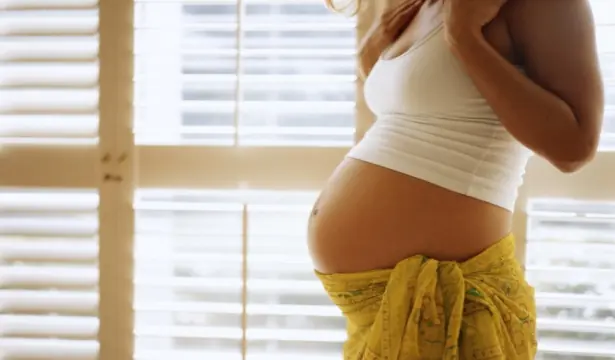Uterine fibroids rank second in the ranking of diseases of the genitourinary system. It occurs in every fourth woman after 35 years. Myoma does not contain atypical cells, so the risk of its degeneration into a cancerous tumor is less than that of other tumors (less than 0.5%). Which does not mean that you should turn a blind eye to fibroids.
If diagnosed early, this tumor can be treated without surgery. So, if you are at risk, do not forget about scheduled visits to the gynecologist. After all, most often the disease is asymptomatic and is detected during routine examinations.
The first factor influencing the occurrence of fibroids is heredity. The second is the presence of polycystic disease, which can cause a hormonal disorder leading to fibroids. Age is also important - after 33-35 years, the risk of developing pathologies increases.
Surgery is prescribed only if necessary, because if you manage to reach menopause without surgery, the tumor will begin to resolve on its own. The main task is to contain the growth of the tumor. To do this, it is recommended to limit the consumption of fats and carbohydrates, drink as much vegetable juice as possible, eat vegetables and fruits, as well as protein foods. It is forbidden to carry weights, which can lead to prolapse of the uterus and the development of complications. Remember that the growth of fibroids and the progression of endometriosis are promoted by any inflammatory processes in the body; even a common sore throat.
As far as family planning is concerned, a tumor will not prevent you from becoming pregnant and carrying a healthy child. Moreover, pregnancy with fibroids does not cause large tumor growth. Even if fibroids increase during pregnancy, after childbirth they become smaller along with the uterus shrinking to normal size.
Photo: artleo.com



